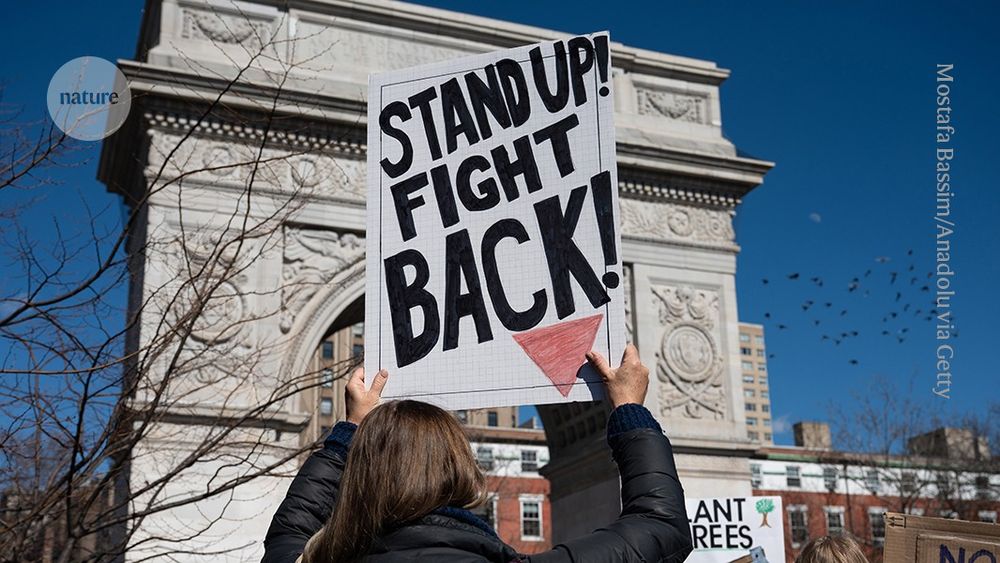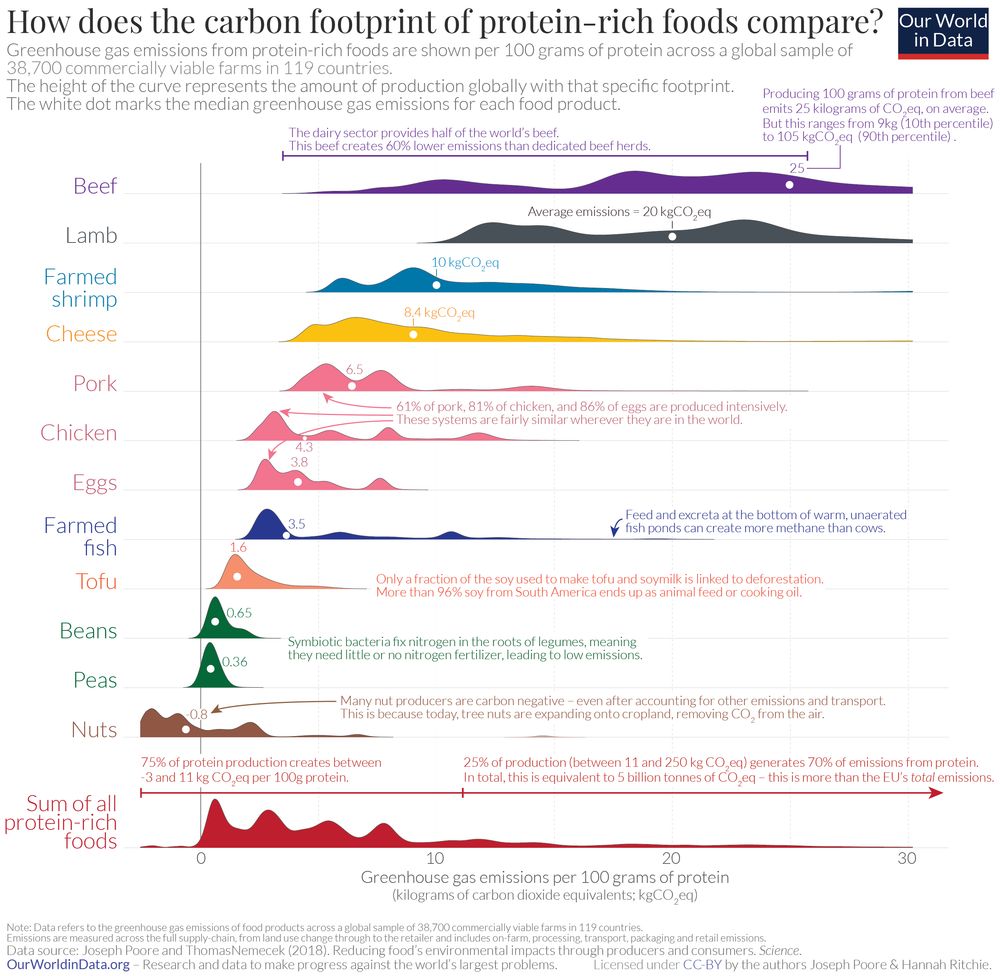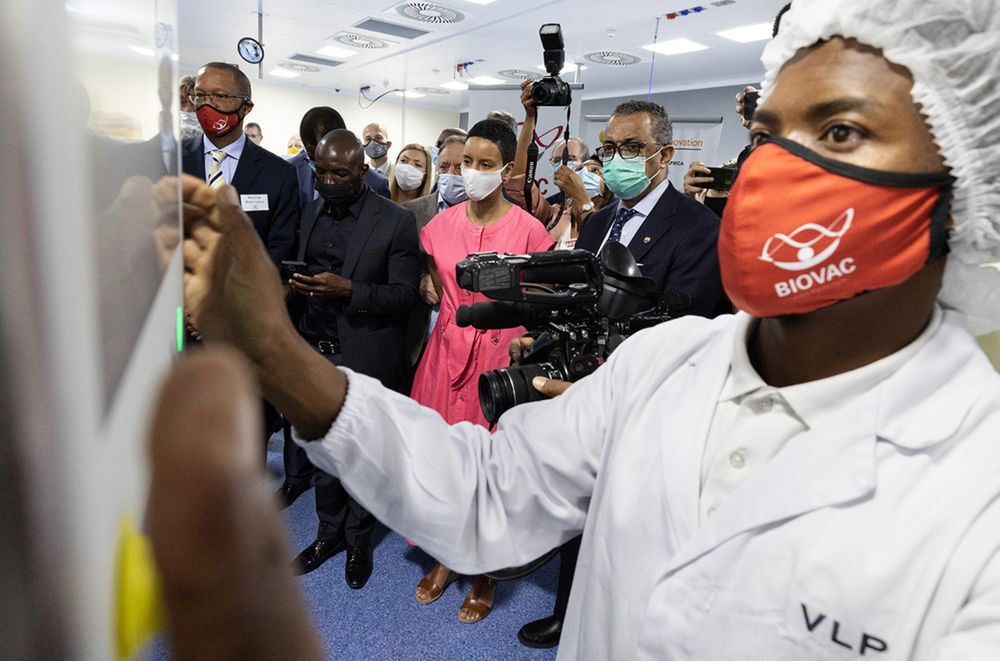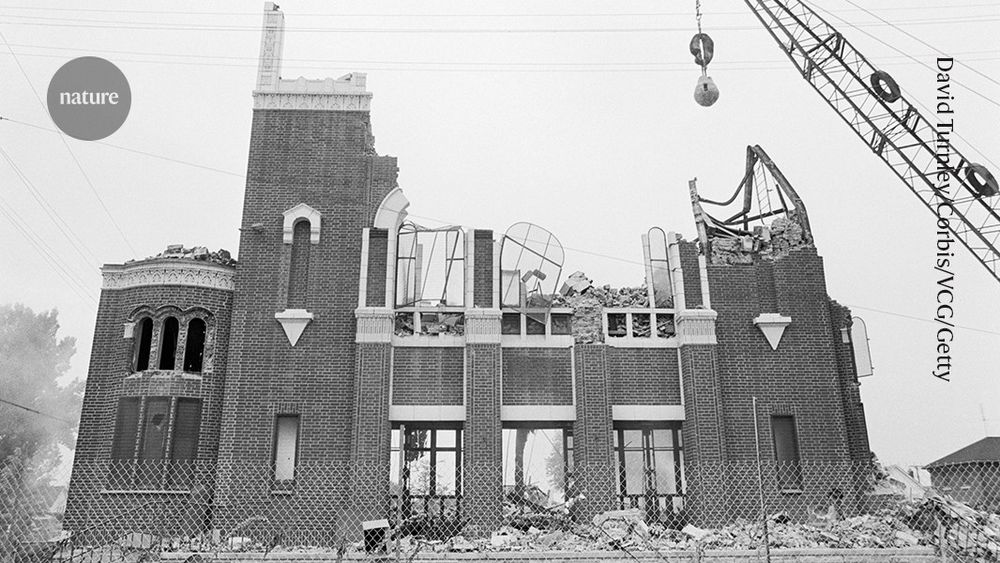Dr Urmila Chadayammuri
@uchadaya.bsky.social
2.2K followers
31 following
32 posts
Astronomy & Astrophysics Editor at Nature, very invested in better life on Earth. Views my own.
Posts
Media
Videos
Starter Packs
Reposted by Dr Urmila Chadayammuri
Reposted by Dr Urmila Chadayammuri
Nature
@nature.com
· May 13

US researchers must stand up to protect freedoms, not just funding
Curtailment of freedoms and disregard for the rule of law in the United States is destroying the ability of science to serve the nation’s, and the world’s, interests. Researchers can take action.
go.nature.com
Reposted by Dr Urmila Chadayammuri
Alexandra Witze
@alexwitze.bsky.social
· Mar 17

The Page Turners Collective: Give Monthly to Support Our Work Every Day - The Open Notebook
By joining the Page Turners Collective, our community of monthly recurring donors, you become a cornerstone of our efforts to nurture and support science journalism around the world.
www.theopennotebook.com
Reposted by Dr Urmila Chadayammuri
Reposted by Dr Urmila Chadayammuri
Reposted by Dr Urmila Chadayammuri
Reposted by Dr Urmila Chadayammuri




















